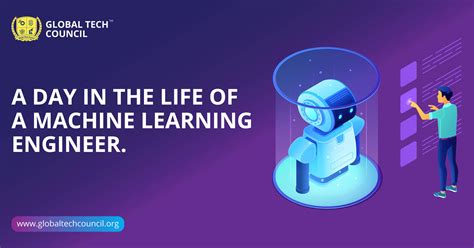When most people think of a Machine Learning Engineer (MLE), they often imagine someone who spends their days tweaking complex models and pushing the boundaries of AI. However, the reality is quite different from this glamorous portrayal. From the multitude of comments shared by actual ML engineers and industry insiders, it becomes clear that the bulk of an MLE’s job—up to 95% of it—revolves around more mundane tasks such as data cleaning, joining datasets, and feature engineering. This divergence between expectation and reality can be both surprising and sobering for those aspiring to enter the field.
One of the most common observations from within the industry is that MLEs often find themselves doing the kind of work that aligns more closely with data science. Indeed, tasks like data cleaning and feature engineering can sometimes seem more like a Data Scientist’s purview. Such an overlap is not merely an accident but a symptom of the industry’s evolving nature. Toephu2’s observation, ‘Sounds like a Data Scientist job?’ encapsulates this confusion well. This blend of roles raises a pertinent discussion about specialization and its effects on productivity and job satisfaction.
Both moandcompany and hiatus touch upon a critical issue in the industry: the avoidance of ‘yucky’ tasks like data cleaning. Delegating these essential yet arduous tasks to others can lead to inefficiencies and even project failures. This task avoidance is compared to the concept of ‘devops,’ which often becomes a catch-all for everything outside feature development, thus illustrating how organizations attempt to segregate responsibilities for efficiency. However, this segmentation can backfire if the people responsible for various parts of the system don’t understand the other segments. AndrewKemendo eloquently argues that understanding one level above and below one’s usual responsibilities should be a baseline expectation for any collaborative technical role.
Another prevalent theme is the significant toll time constraints and specialization take on MLEs. Tedivm’s comment, ‘It’s not about yucky so much as specialization and only having a limited time in life to learn everything,’ underscores the real-world challenge of mastering a profoundly complex field with overlapping domains of knowledge. While hiring diverse talents to form cross-functional teams tends to work better, as moandcompany suggests, it also introduces organizational and human-factors complexities. Conway’s Law, which states that organizations design systems that mirror their communication structures, becomes highly relevant here as the effectiveness of these inter-team interfaces directly influences project success.
Finally, the practical challenges MLEs face with tools and technologies cannot be overstated. Comments from trybackprop and others detail the multitude of technical hurdles associated with maintaining environments, managing dependencies, and ensuring model integrity. The frustrations expressed about tools like Conda and pip, alongside the rise of alternatives like mambaforge and micromamba, suggest ongoing struggles with Python’s ecosystem complexity. These tools are essential for creating reproducible environments yet are notorious for the obstacles they present. For instance, dealing with `pip install` issues or finding out that an environment has broken due to incorrect CPU architecture can deter even the most seasoned engineers.
These insights coalesce to paint a vivid picture of the multifaceted and often understated realities of being a Machine Learning Engineer. The emphasis on non-glamorous but crucial tasks like data cleaning and feature engineering highlights the inherent complexities and the need for continuous learning and adaptation in this dynamic field. The conversation around specialization also points to the importance of having a broader understanding of tasks beyond one’s immediate responsibilities, fostering a culture of collaboration and mutual appreciation. Lastly, the constant evolution of tools and technologies requires MLEs to stay agile and resilient, navigating both the promising and perilous aspects of their work environment.


Leave a Reply